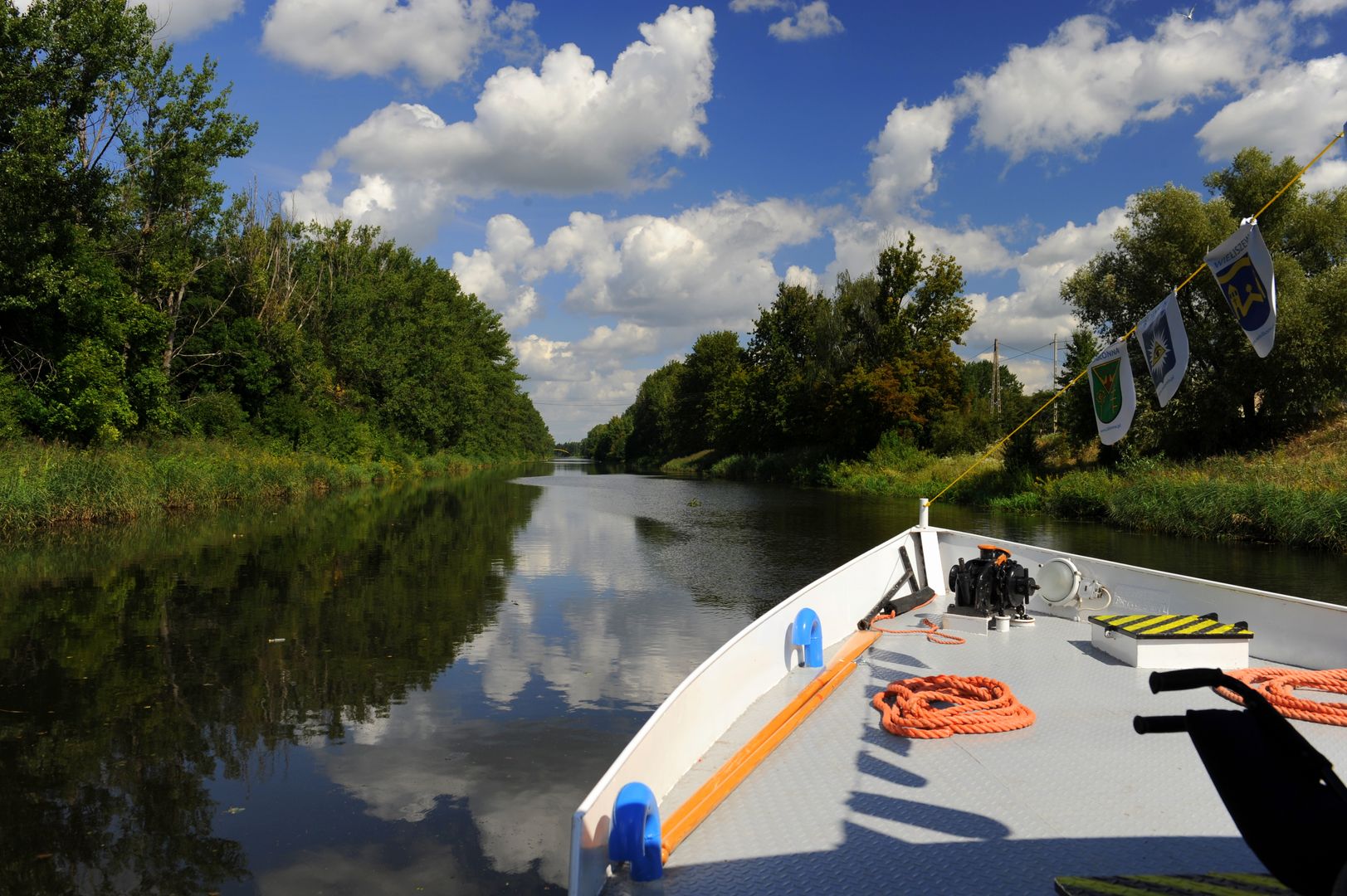Żerański Canal
6.42

Overview
The Żerański Canal, also known as the Żerań-Zegrze Canal, is a significant 17.3 km-long waterway connecting the Vistula River with Zegrze Lake, passing through areas of Warsaw, particularly the Białołęka district. Its history dates back to the 17th century when, initiated by King Sigismund III Vasa, the Royal Canal was constructed to protect the royal hunting lodge from floods. In the 19th century, after Prussia blocked access to the Baltic Sea, work began on new projects aimed at linking the Vistula with the Narew River. These efforts spanned many years, involving extensive research and planning, until 1951 when a modern port and lock were built, significantly enhancing the canal's functionality.
The Żerański Canal holds great local importance—it is home to the Żerań Combined Heat and Power Plant, which uses water from the canal, and the waterway itself serves as a key recreational area for water sports and fishing. The surrounding areas feature cycling paths and are popular among rowers and water sports enthusiasts. An interesting fact is that the water in the canal is significantly warmer than in the Vistula, which supports a rich diversity of fish.
Regarding planned investments, such as the construction of a high-pressure gas pipeline along the canal, residents have expressed environmental concerns, leading to the establishment of a Consultative Council and commitments to compensatory plantings. Current initiatives also aim to develop a cohesive land-use plan that incorporates input from the local community.
Location
Tickets
Powered by GetYourGuide
You can also find here:
2025 Wizytor | All Rights Reserved

